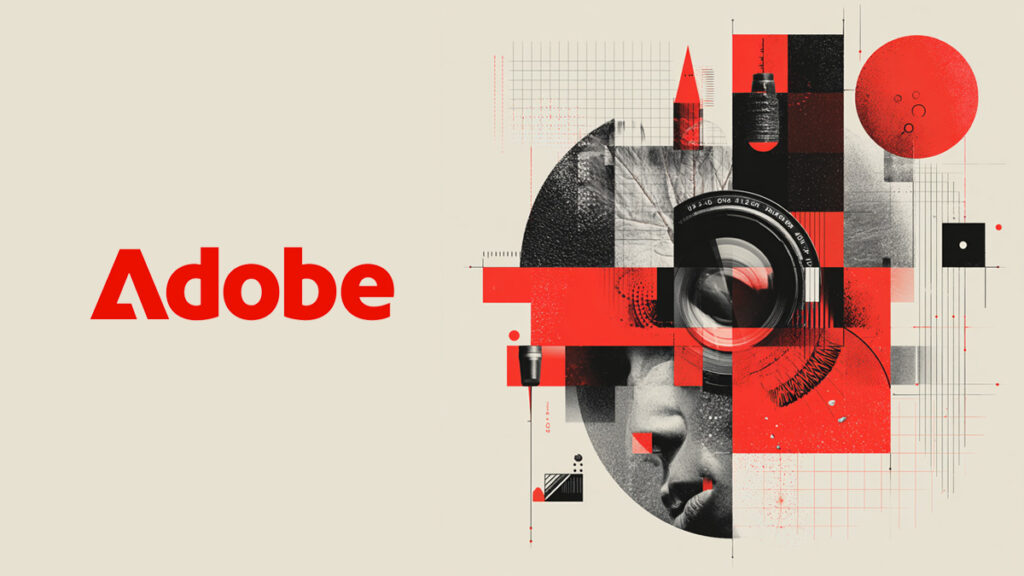Your secret weapon for stronger, smarter brand design
As designers, clients often ask for “brand guidelines,” but what they usually need is a polished visual identity. Mislabeling these can lead to confusion, extra rounds of work, and diluted impact. Let’s untangle this so you can deliver clarity—and value—every time.
Here’s the core answer
Visual identity is the set of cohesive design elements (logos, colors, typography, icons) that make a brand recognizable. Brand guidelines encompass that visual identity—and much more, like mission, values, tone, brand usage, and the strategic why behind every visual element.
- Visual Identity: logo, palette, fonts, icons, imagery style
- Brand Guidelines: visual identity + brand strategy, voice, positioning, mission
Visual Identity — When you say “branding,” this is often it
This is your design world: color palettes, logos, typography, illustrations, iconography, layouts—everything that visually shows who a brand is. Think of it as the brand’s face: consistent, recognizable, and flexible across formats.
Why visual identity is its own discipline
- First impressions matter: Your visuals set tone instantly—trustworthy, playful, premium, eco-conscious?
- Consistency drives recognition: From website to swag and storefront, visuals unify experience.
- Execution-ready: These are the assets designers need to build anything—ads, emails, print.
So what’s a brand guideline?
It’s your full brand playbook. Yes, it contains the visual assets—but it also explains the deeper “why” driving them:
- Mission & Values: what the brand stands for
- Positioning: how you’re different in the market
- Voice & Tone: how you speak in marketing, emails, ads
- Visual Elements: specs for logos, layouts, palettes, images
- Usage Rules: dos & don’ts to prevent misuse
Visual Identity vs. Brand Guidelines: Key Differences
- Depth: Visual identity = surface design. Brand guidelines = strategic foundation + visuals.
- Audience: Designers use visual identity; everyone—from devs to executives—needs brand guidelines.
- Purpose: Visual identity ensures consistency in style. Brand guidelines ensure consistency in essence:
Which one does your project actually need?
- Launching new visuals (logo, site, app): start with visual identity.
- Rebranding or scaling: you’ll need full brand guidelines to guide decisions everywhere.
- Working with external teams: brand guidelines ensure everyone gets the vision.
How identity or guidelines fit into your workflow
- Begin with strategy: mission, audience, tone, positioning.
- Create visual system: logo, palette, typography, icons, image style.
- Document both in brand guidelines: include rationale, assets, rules.
- Share widely: make guidelines accessible for marketing, product, ops.
- Update thoughtfully as brand grows—keep the cohesive feel alive!
Best Tools & Resources
Tools to design, document, and deliver:
- Figma + Zeroheight: ideal for collaborative visual identity and living guidelines.
- Frontify: enterprise-grade hub for brand assets, strategy, and workflow.
- Canva or Adobe Express: quick, lightweight systems for smaller teams.
- Notion: universal platform for strategy-first brand playbooks.
Final Word
Nail the visual identity, but don’t stop there—the strategy, usage, and voice matter just as much. A full brand guideline clarifies decisions, supports growth, and keeps everyone aligned.
Frequently Asked Questions
Do I need brand guidelines if I only want a logo?
You can start with just a visual identity—logo, palette, typography. But if your brand expands, a full guideline toolkit will save time and avoid inconsistency.
How much detail belongs in brand guidelines?
Balance is key: include enough to guide use (e.g. logo spacing, voice examples), but not so much that people ignore it. Aim for clarity and utility.
Can I turn visuals into brand guidelines later?
Absolutely. Visual identity is often the easiest entry point—layer strategic narrative and voice later as your brand matures.
Glossary Terms Used
- Brand Mark: The visual element or symbol of a brand, such as a logo or icon.
- Typography: The style and arrangement of type used in design and branding.
- Visual Identity: The collection of visual design elements like logos, colors, and typography.
- Brand Guidelines: A document detailing both visual identity and strategic usage rules.
- Brand Strategy: The long-term plan defining mission, values, and positioning.
This site uses affiliate links, which means we may earn a commission at no extra cost to you.


